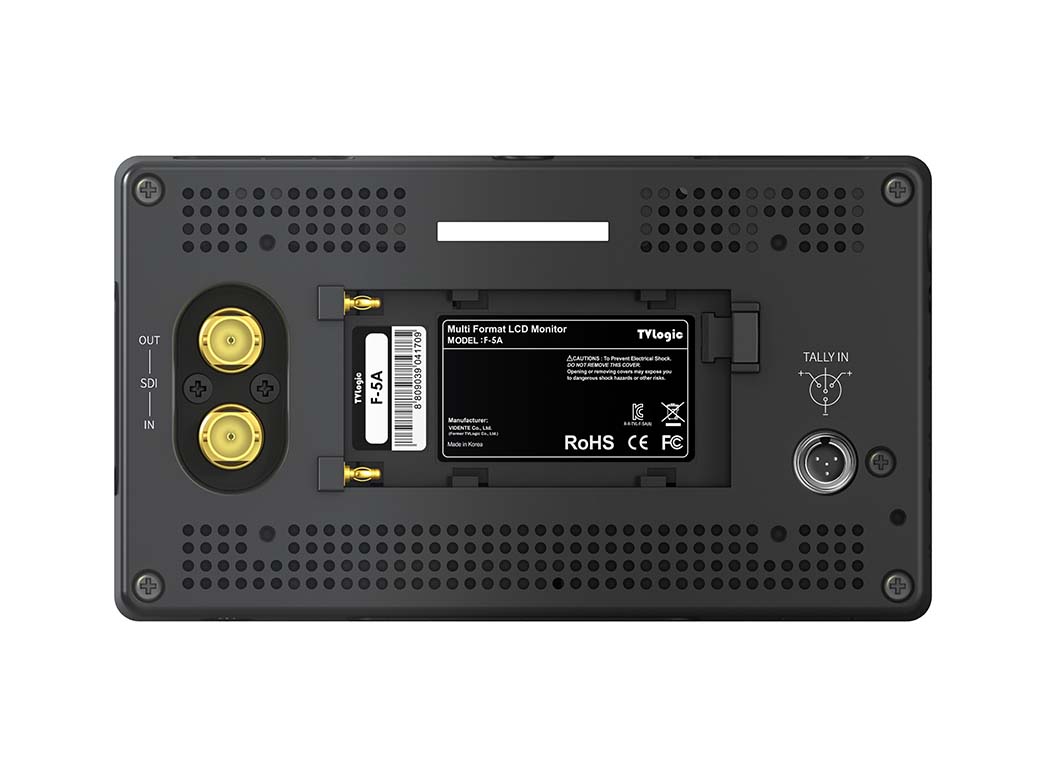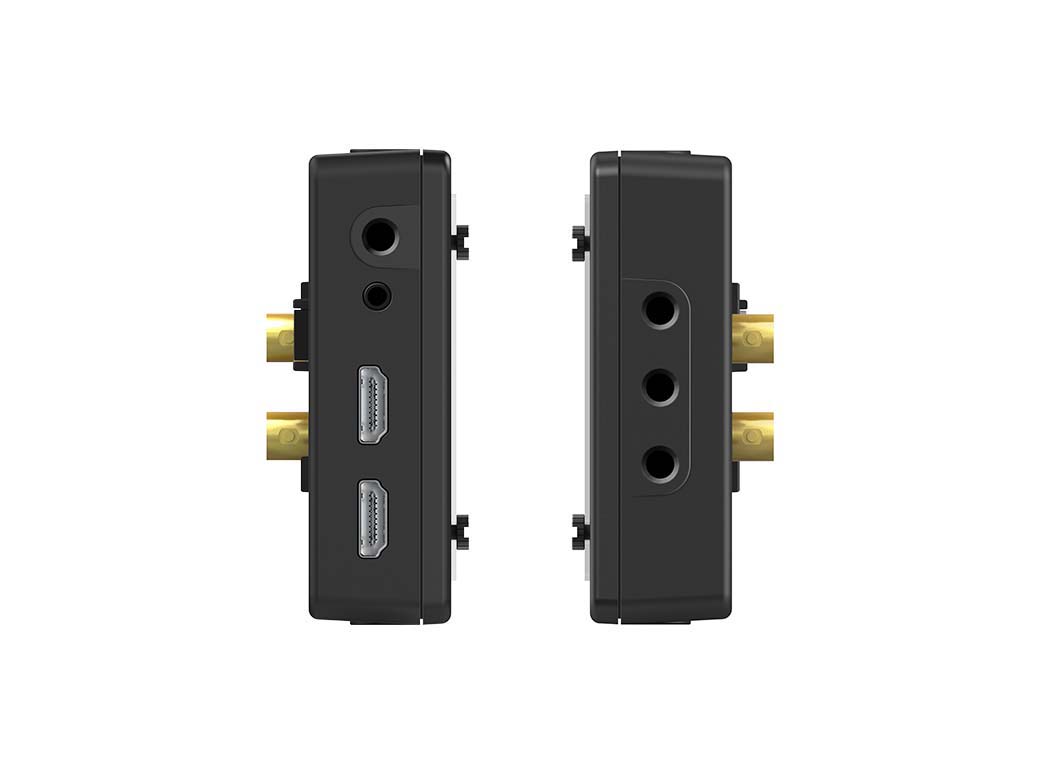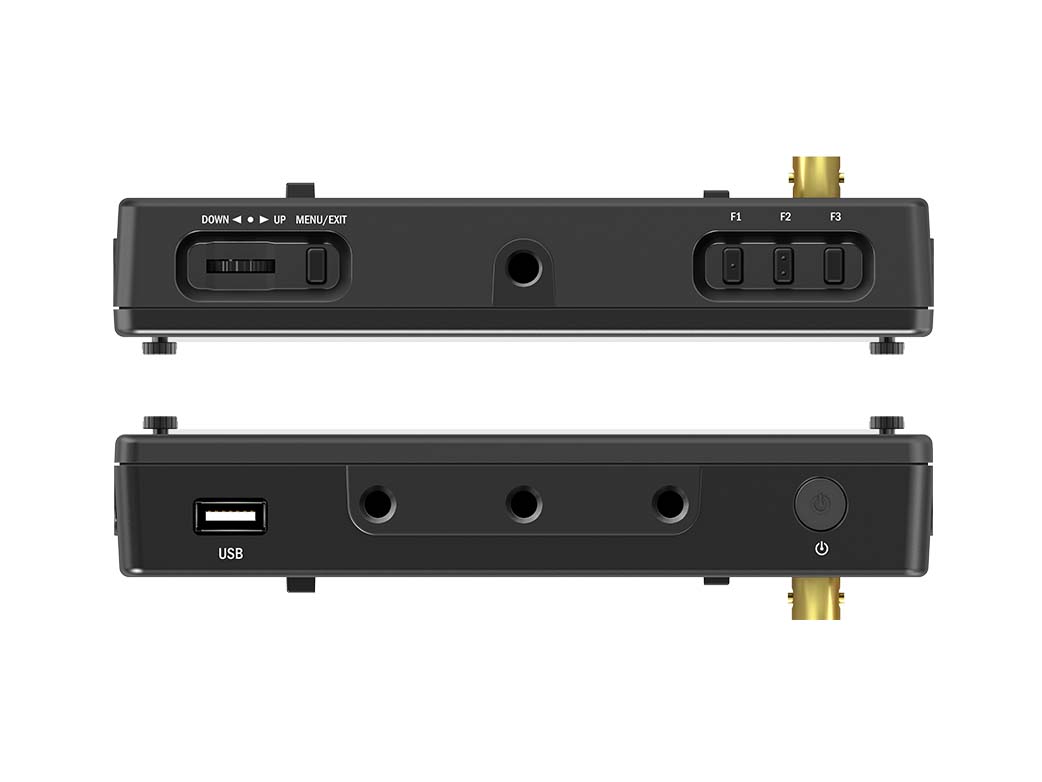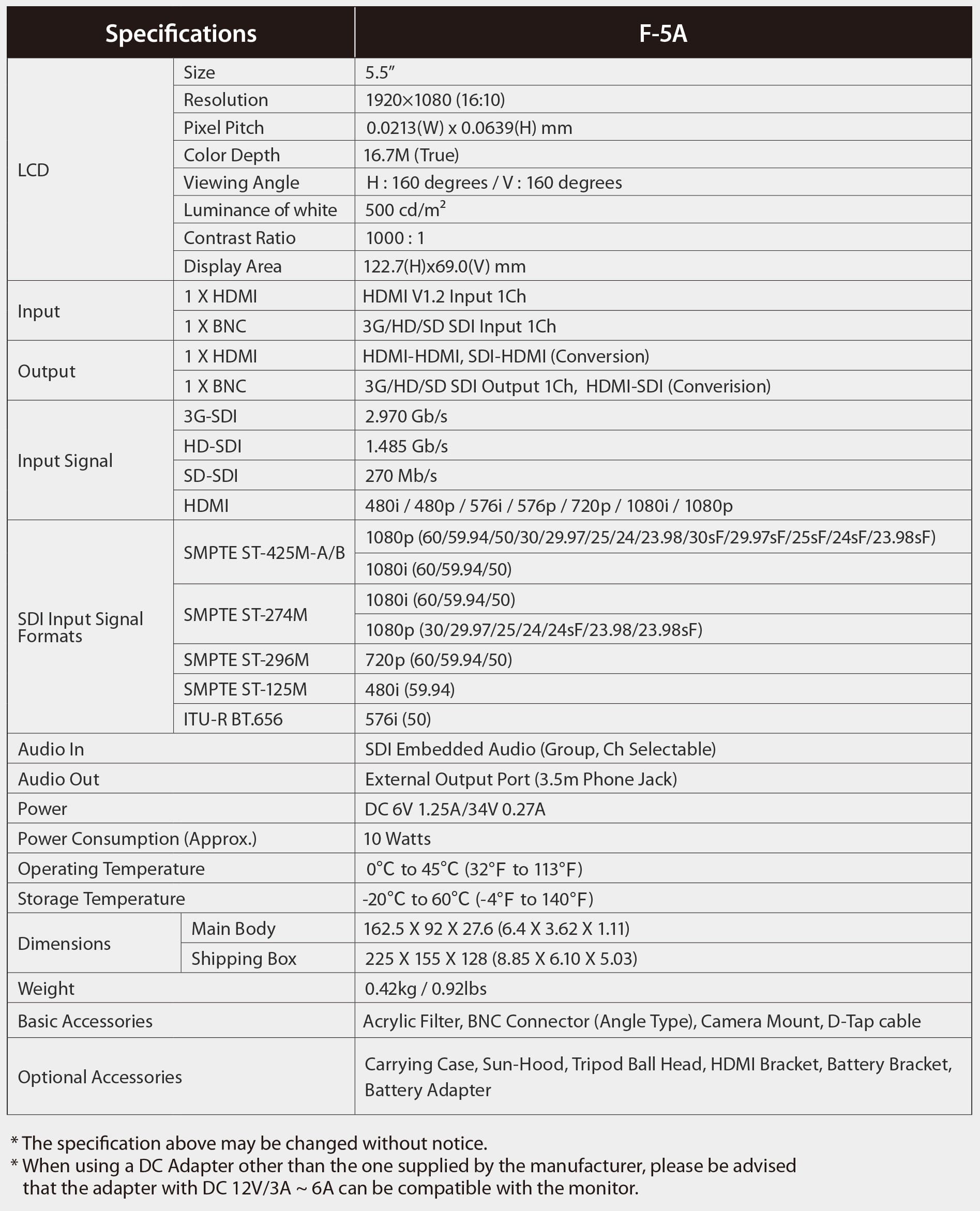F-5A : 5.5’’ Full-featured Field Monitor with FHD IPS-LCD
The F-5A is a compact and light-weight field production monitor with Full HD resolution of 1920 x 1080, nice viewing angle and max luminance of 500nit. Equipped with a new image processing engine, F-5A reproduces even better sharpness and peaking boost capability for focus pullers. It also supports various video formats via 3G-SDI and HDMI 1.3 interface. And also support professional features such as Waveform/Vectorscope, Focus Assist, 3D LUT import, Camera Logs and HDR emulation.
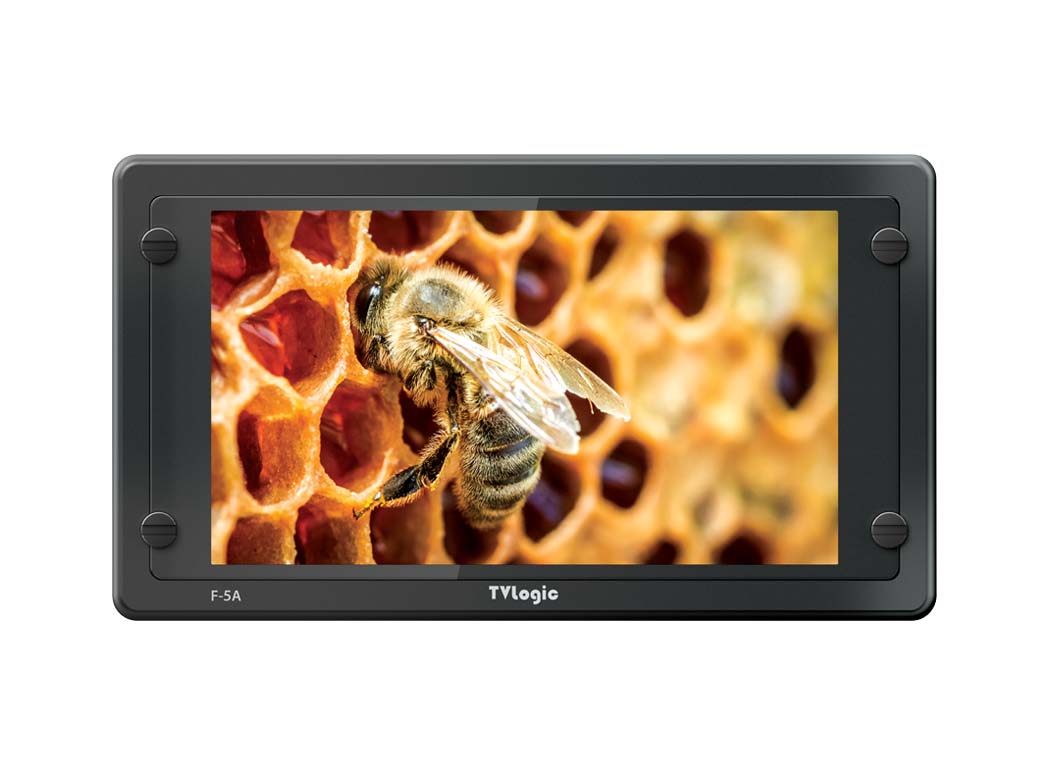
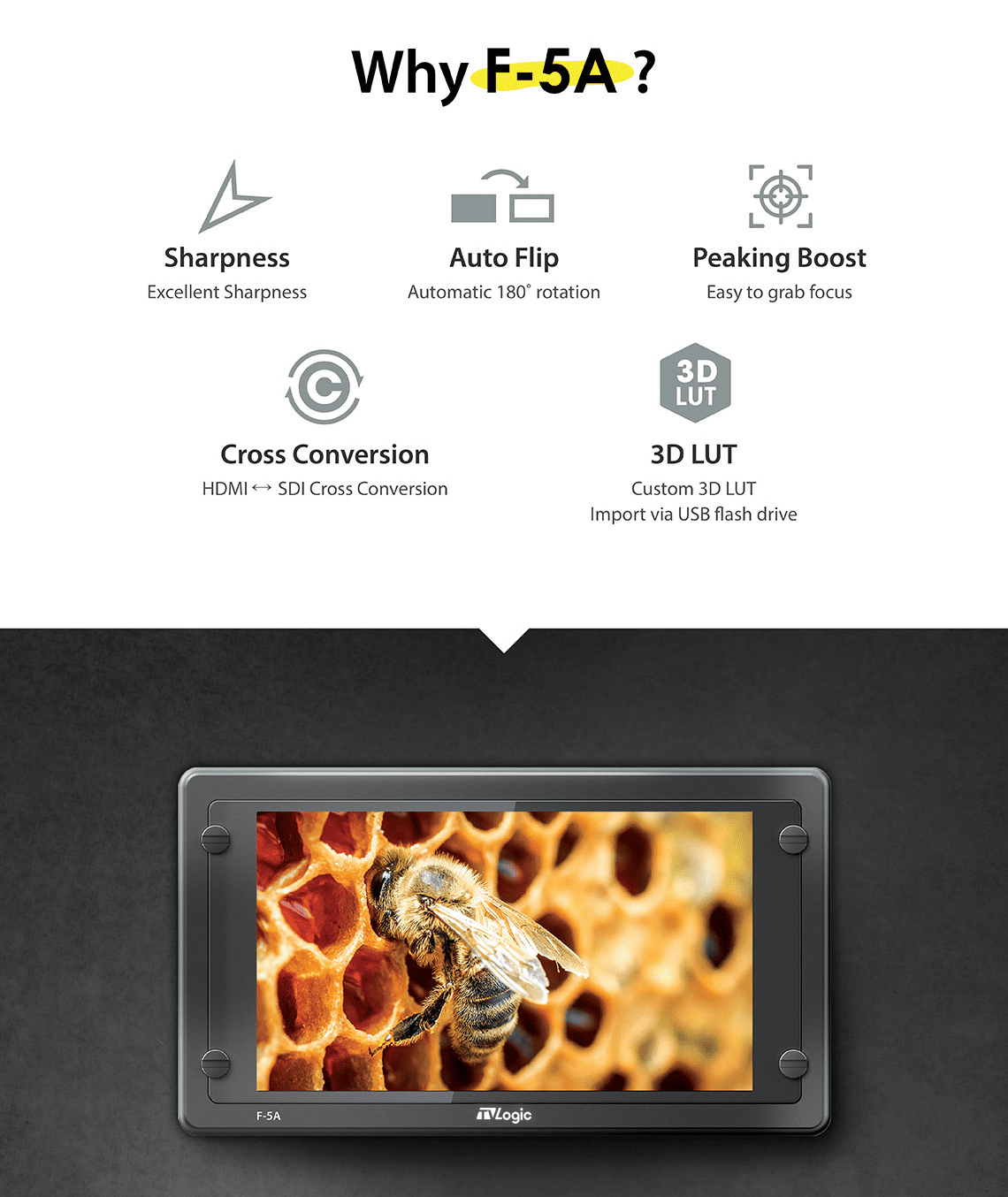



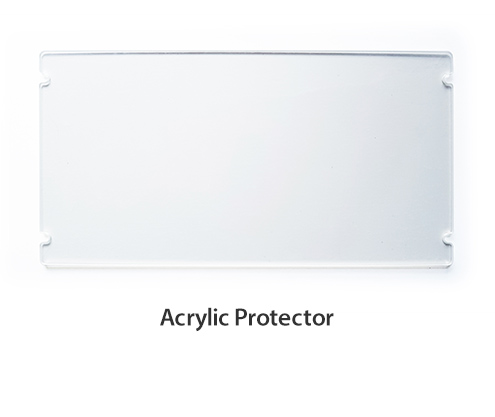
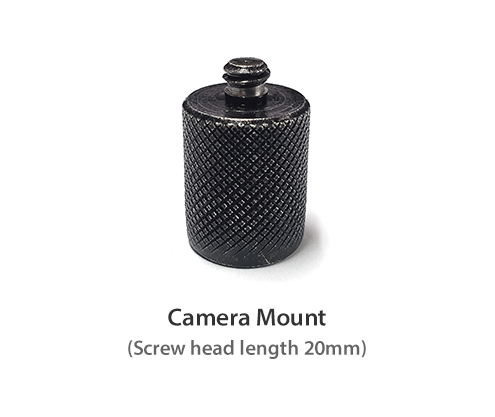
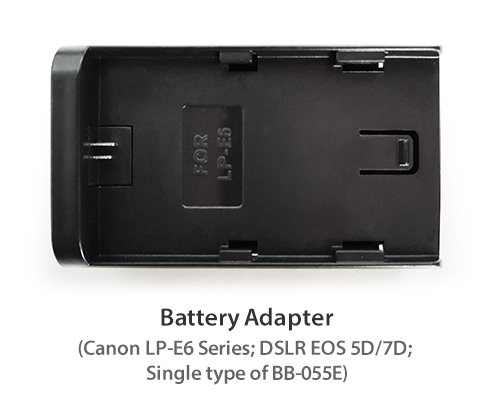
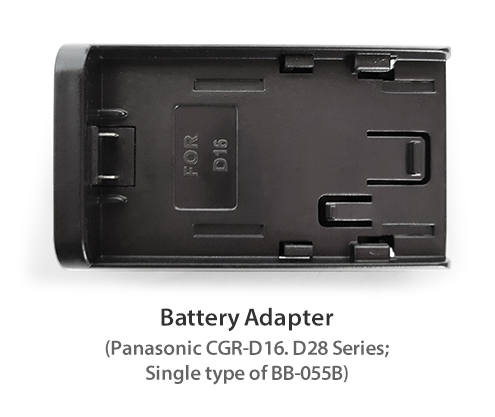
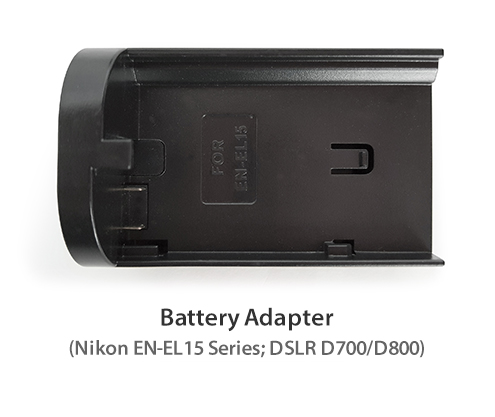
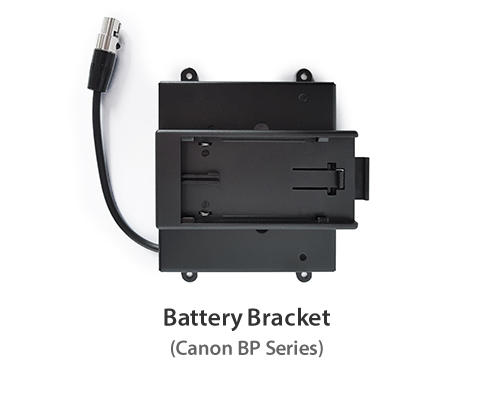
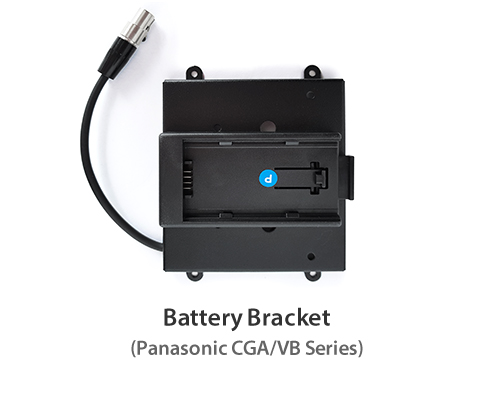
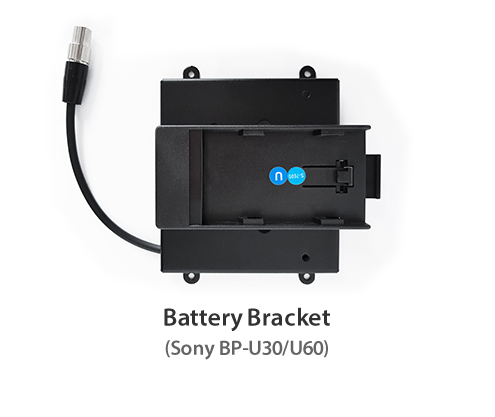
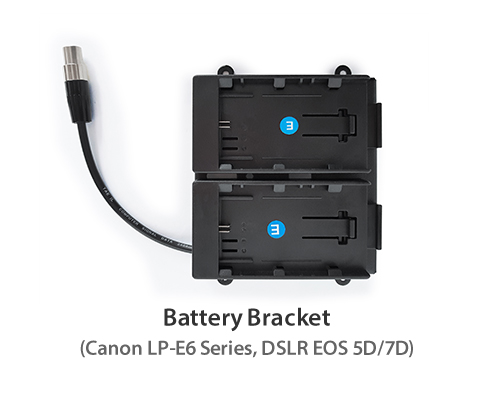
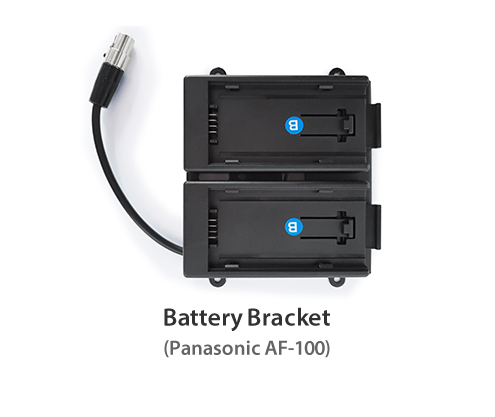
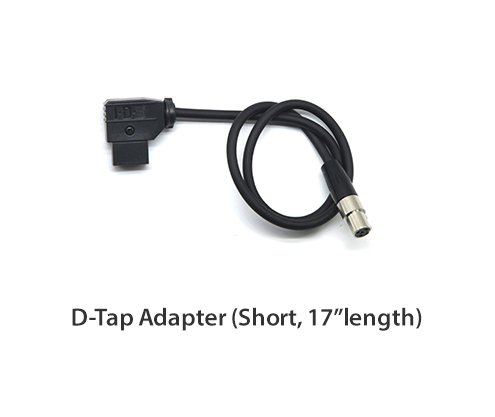
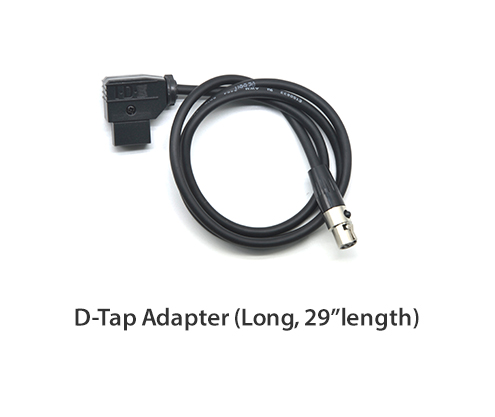
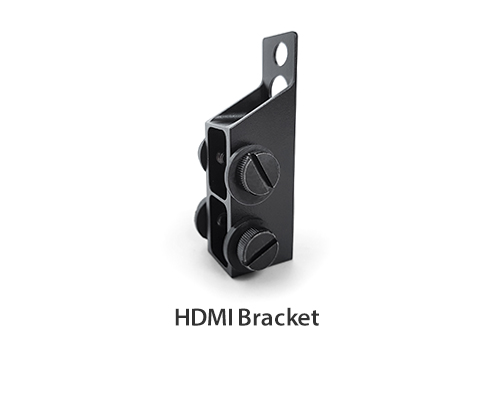
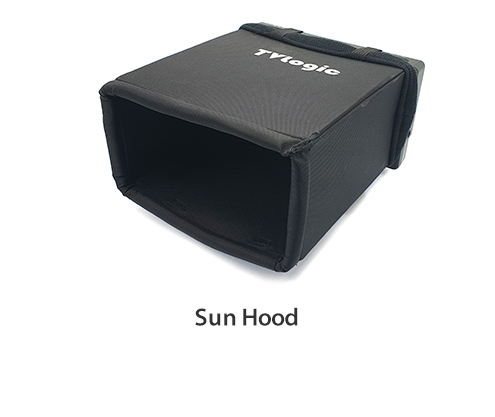



5.5” Fully-Featured Field Monitor with
FHD IPS-LCD
The F-5A is a compact and light-weight field production monitor with Full HD resolution of 1920 x 1080, nice viewing angle and max luminance of 500nit. Equipped with a new image processing engine, F-5A reproduces even better sharpness and peaking boost capability for focus pullers. It also supports various video formats via 3G-SDI and HDMI 1.3 interface. And also support professional features such as Waveform/Vectorscope, Focus Assist, 3D LUT import, Camera Logs and HDR emulation.

Main Body Dimensions
Main Body 162.5 x 92 x 27.6 (mm) / 6.39 x 3.6 x 1.11 (inch)
Weight 0.42kg / 0.92 Ibs
Product Highlights
• 5.5” Full HD Resolution (1920×1080)
• HDMI ↔ SDI Cross Conversion
• HDR (PQ, HLG, S-Log3)
• Custom 3D LUT Import
• ARRI Metadata
• Excellent Sharpness
• Peaking Boost
• Waveform / Vectorscope
• H/V Flip
• Auto Flip
• Split Zoom
• Focus Assist
• Anamorphic Desqueeze
• Zoom
• Luma(Y’) Zone Check
• Camera LUTs support
• Built-in battery bracket (Sony L-series)
• Grid
Optional Accessories
Basic Accessory



Optional Accessory














[Release Notes]
Date: 19.07.09
[F-7H [CPU Firmware Update : V11 -> V12]
1. Debugged BackLight values in EcoSaving Mode with high frequency noise
Date: 19.07.04
[F-7H [CPU Firmware Update : V09 -> V11]
1. Improved the calibration / 3DLUT func
2. Improved ArriCam MetaData signal failure error
3. Debugged the issue of changing the signal at Maxbrightness status







